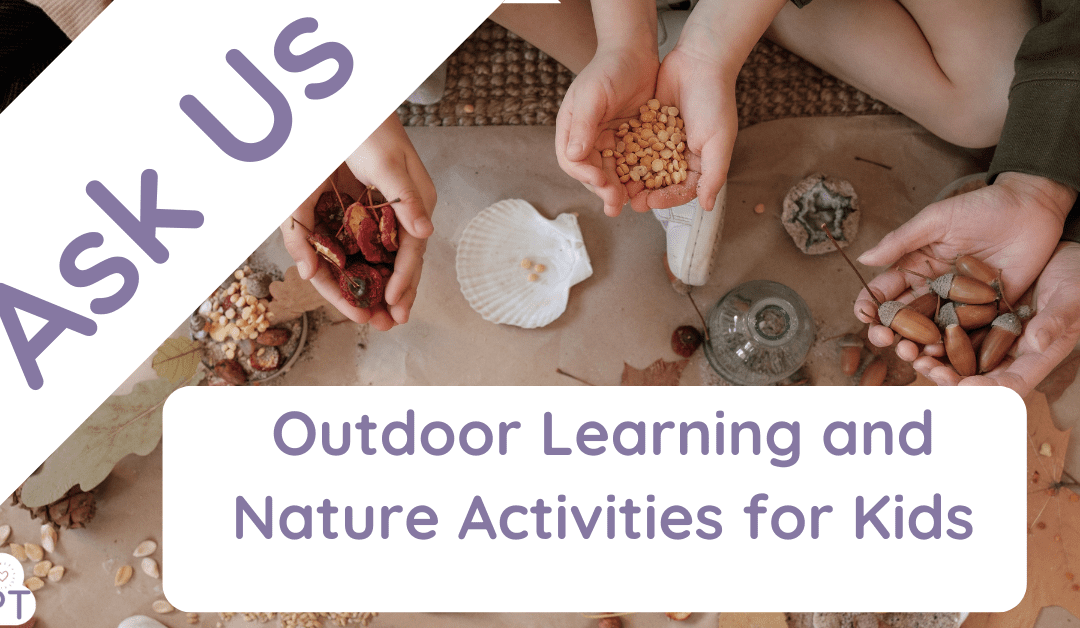Outdoor Learning and Nature Activities for Kids
Outdoor learning and nature activities are essential components of a well-rounded education. They provide children with opportunities to explore, discover, and learn in a dynamic environment, fostering both physical and mental growth. These activities encourage hands-on, experiential learning that can significantly enhance academic performance and personal development. This blog explores the importance of outdoor learning and nature activities for kids, offering practical ideas and linking to valuable resources from the Muddy Puddle Teacher (MPT) approach.
The Benefits of Outdoor Learning
1. Enhanced Cognitive Development Outdoor learning stimulates curiosity and creativity. Children who engage with nature are more likely to develop critical thinking and problem-solving skills. Activities such as observing wildlife, exploring plant life, and conducting simple experiments can boost cognitive abilities and improve academic performance.
Sources:
2. Physical Health and Fitness Engaging in outdoor activities helps children stay active, promoting physical health and fitness. Activities like hiking, climbing, and playing games encourage cardiovascular exercise and help build strength and coordination.
Sources:
3. Emotional and Social Benefits Nature has a calming effect on the mind, reducing stress and anxiety. Outdoor learning also promotes social interaction and teamwork, as children often work together on activities and projects.
Sources:
4. Environmental Stewardship Outdoor learning fosters a connection with nature, encouraging children to care for and protect the environment. Activities that involve exploring ecosystems, planting gardens, and understanding wildlife habitats instil a sense of responsibility towards the natural world.
Sources:
Practical Outdoor Learning Activities
1. Nature Scavenger Hunts
Scavenger hunts are a fun way to get children to explore and observe their surroundings. Create a list of items for them to find, such as specific plants, rocks, insects, or birds. This activity enhances observational skills and teaches children about biodiversity.
Resources:
2. Gardening Projects
Gardening teaches children about plant biology and ecology. They can plant seeds, care for growing plants, and observe the life cycle of flora. This hands-on activity also introduces concepts of sustainability and environmental care.
Resources:
3. Outdoor Art and Craft
Encourage creativity by using natural materials for art projects. Children can create leaf rubbings, stone paintings, or nature collages. These activities foster artistic expression and an appreciation for natural beauty.
Resources:
Integrating the Muddy Puddle Teacher (MPT) Approach
The Muddy Puddle Teacher (MPT) approach is designed to help educators integrate outdoor learning into their curriculum. This method emphasizes sensory-rich, hands-on activities that make learning engaging and memorable.
MPT Resources:


